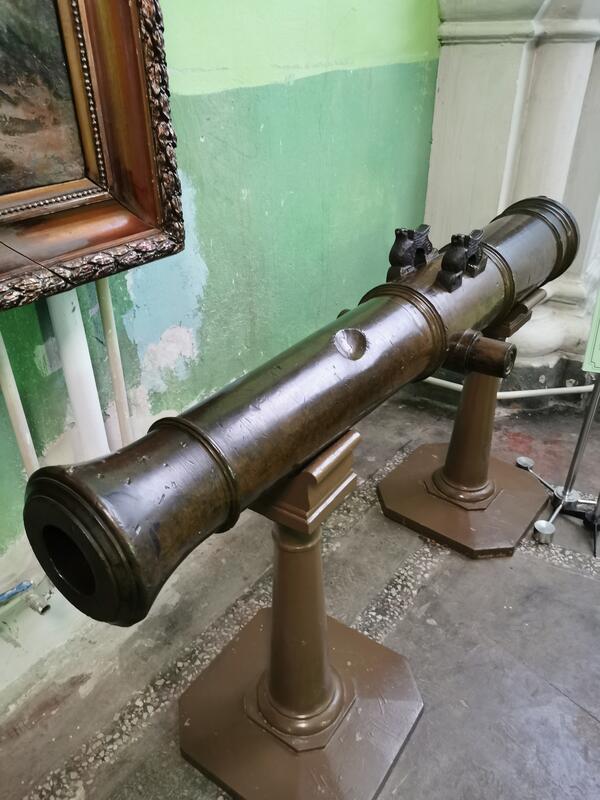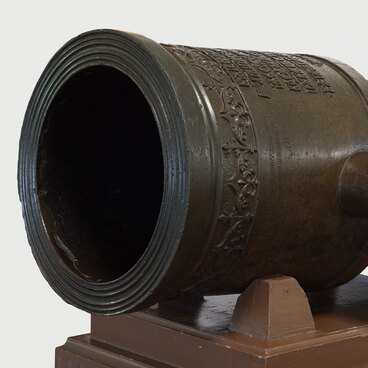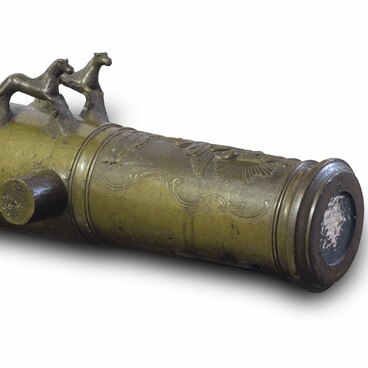The Battle of Preussisch-Eylau was the bloodiest battle during the War of the Fourth Coalition between the Napoleonic forces and the coalition of the great powers: Sweden, Saxony, Russia, Great Britain and Prussia (1806–1807).
The battle lasted two days, on January 26 and 27 (New Style — February 7 and 8, 1807), and, according to eyewitness accounts, both sides were losing their fighting spirit: “The <Russian> army cannot endure more suffering than what we have already experienced in recent days”; “The French army has never been put in such a miserable position.”
As a result, both sides suffered enormous losses: the French had about 29,000 casualties, the Russians — up to 23,000 killed or wounded. Each country formally declared victory, but in fact the battle ended in a draw. Marshal Michel Ney, whose words have gone down in history, said, looking at the battlefield littered with bodies, “What a massacre! And without a result!”
It took three months for both sides to gather their strength again after this fight.
Artillery played a major role in the battle, including an artillery duel. Closer to the end of the battle, the left flank under the command of General of Cavalry Leonty Leontyevich, count von Bennigsen began to retreat. Then, the fire of 36 horse-drawn guns under the command of General Aleksey Petrovich Yermolov allowed the army to withstand the onslaught of the enemy.
6-pounder horse-drawn cannons were used in the battle. Their design was based on the cannons that were in service with the Gatchina troops of Grand Duke Pavel Petrovich since the end of 1792.
By the time Emperor Paul I ascended the throne, the Gatchina troops numbered only 2,500 soldiers, it included cuirassier, hussar, dragoon, cossack and artillery regiments, six infantry battalions, a jäger company and a lake flotilla. However, in terms of combat training, the Gatchina soldiers, especially the gunners, achieved brilliant results. Paul I broke up and assigned these troops to various already formed guard regiments, and also created new guard units based on them.
In 1794–1795, General-Feldzeugmeister Prince Platon Alexandrovich Zubov began forming five horse artillery companies and, among other things, ordered to use the weaponry of the Gatchina troops as a model for cannons.
The battle lasted two days, on January 26 and 27 (New Style — February 7 and 8, 1807), and, according to eyewitness accounts, both sides were losing their fighting spirit: “The <Russian> army cannot endure more suffering than what we have already experienced in recent days”; “The French army has never been put in such a miserable position.”
As a result, both sides suffered enormous losses: the French had about 29,000 casualties, the Russians — up to 23,000 killed or wounded. Each country formally declared victory, but in fact the battle ended in a draw. Marshal Michel Ney, whose words have gone down in history, said, looking at the battlefield littered with bodies, “What a massacre! And without a result!”
It took three months for both sides to gather their strength again after this fight.
Artillery played a major role in the battle, including an artillery duel. Closer to the end of the battle, the left flank under the command of General of Cavalry Leonty Leontyevich, count von Bennigsen began to retreat. Then, the fire of 36 horse-drawn guns under the command of General Aleksey Petrovich Yermolov allowed the army to withstand the onslaught of the enemy.
6-pounder horse-drawn cannons were used in the battle. Their design was based on the cannons that were in service with the Gatchina troops of Grand Duke Pavel Petrovich since the end of 1792.
By the time Emperor Paul I ascended the throne, the Gatchina troops numbered only 2,500 soldiers, it included cuirassier, hussar, dragoon, cossack and artillery regiments, six infantry battalions, a jäger company and a lake flotilla. However, in terms of combat training, the Gatchina soldiers, especially the gunners, achieved brilliant results. Paul I broke up and assigned these troops to various already formed guard regiments, and also created new guard units based on them.
In 1794–1795, General-Feldzeugmeister Prince Platon Alexandrovich Zubov began forming five horse artillery companies and, among other things, ordered to use the weaponry of the Gatchina troops as a model for cannons.




